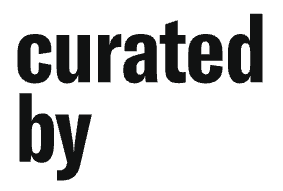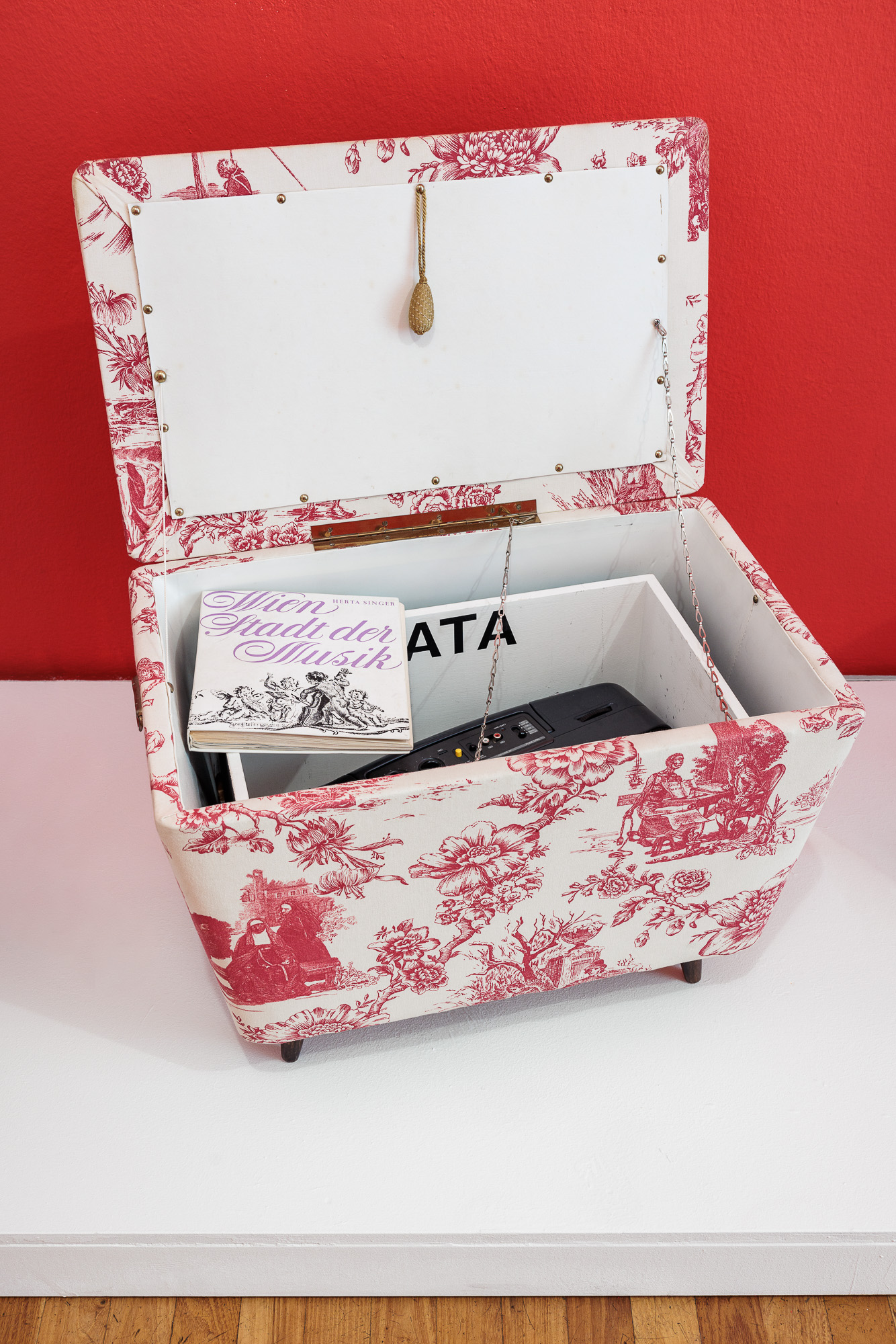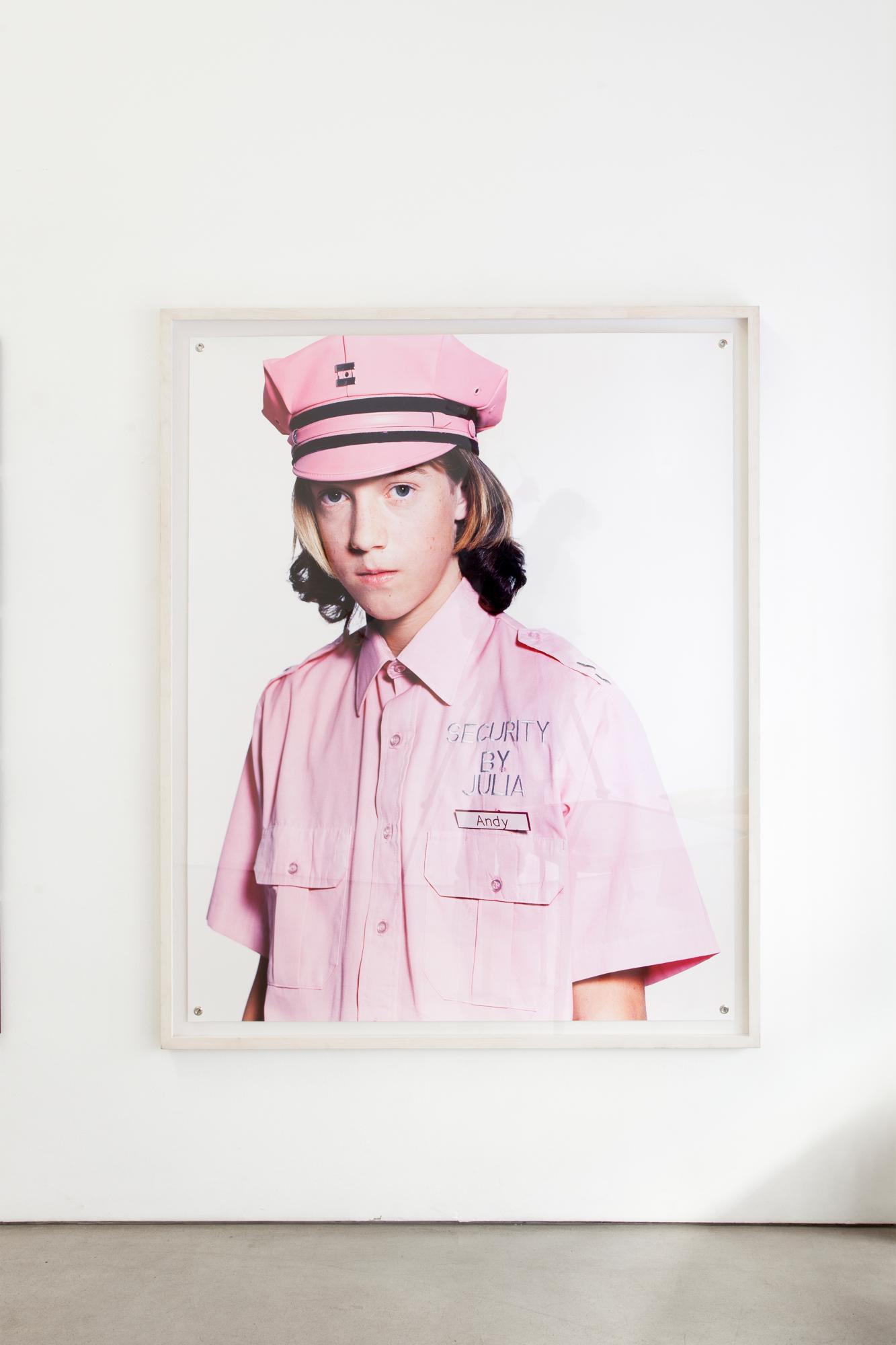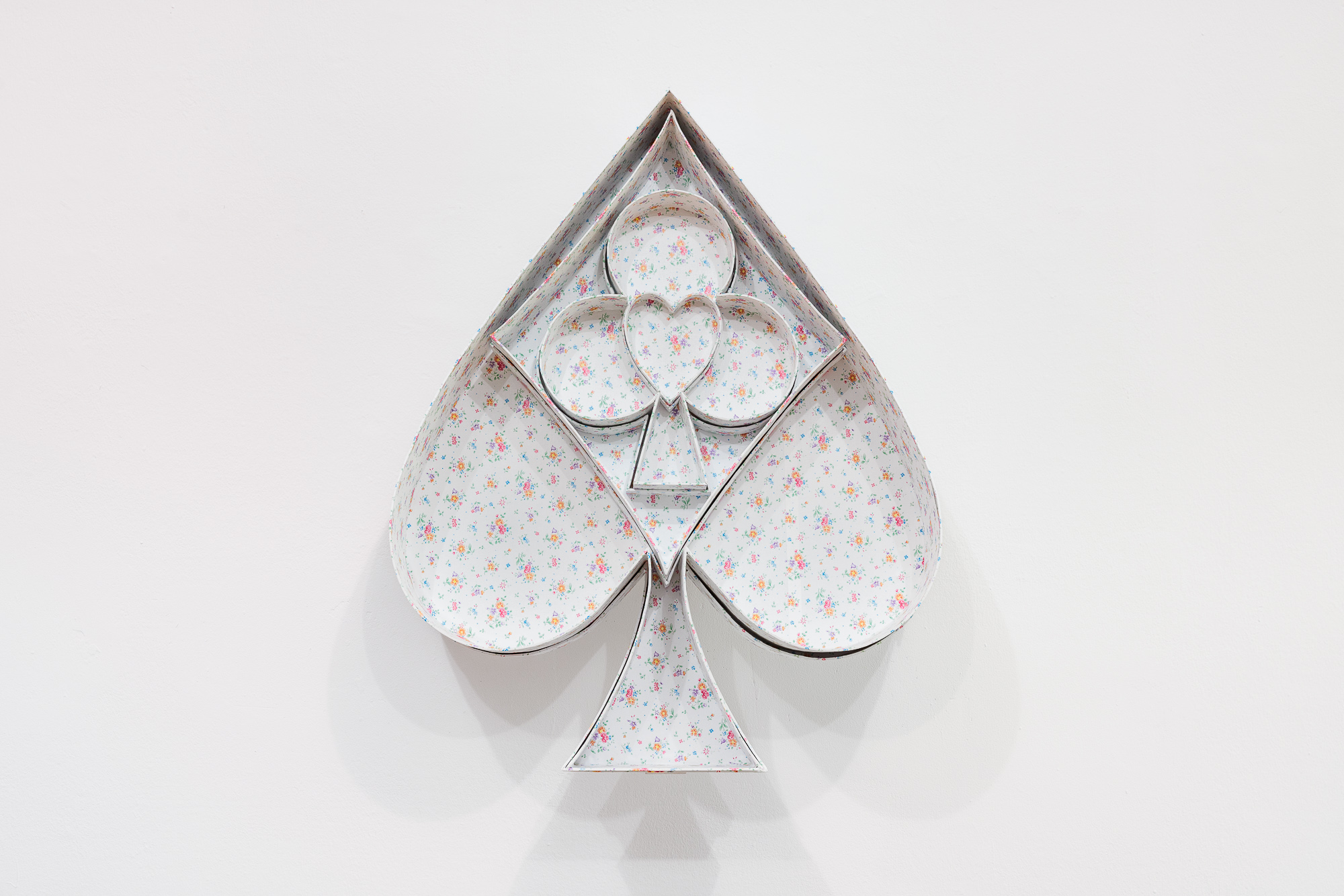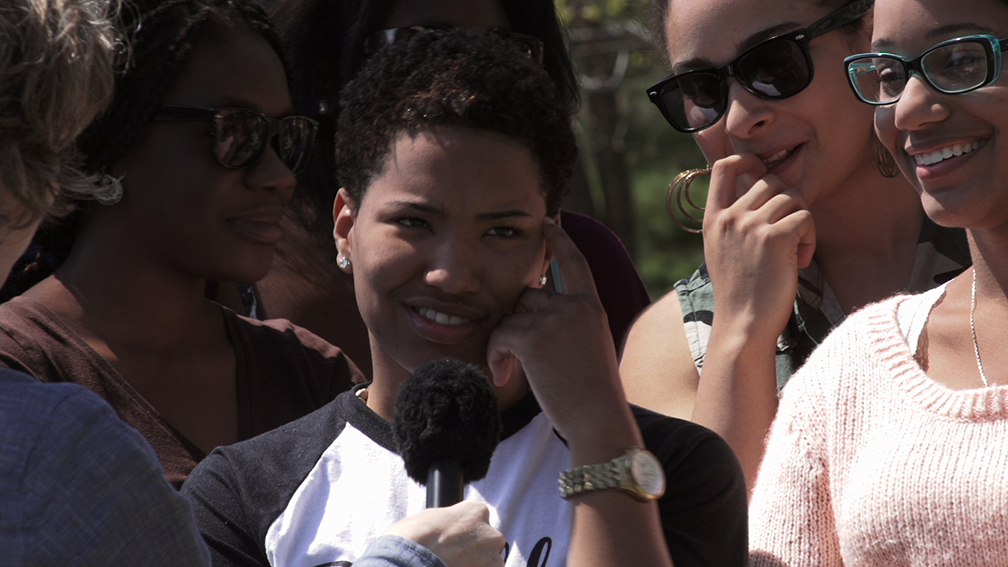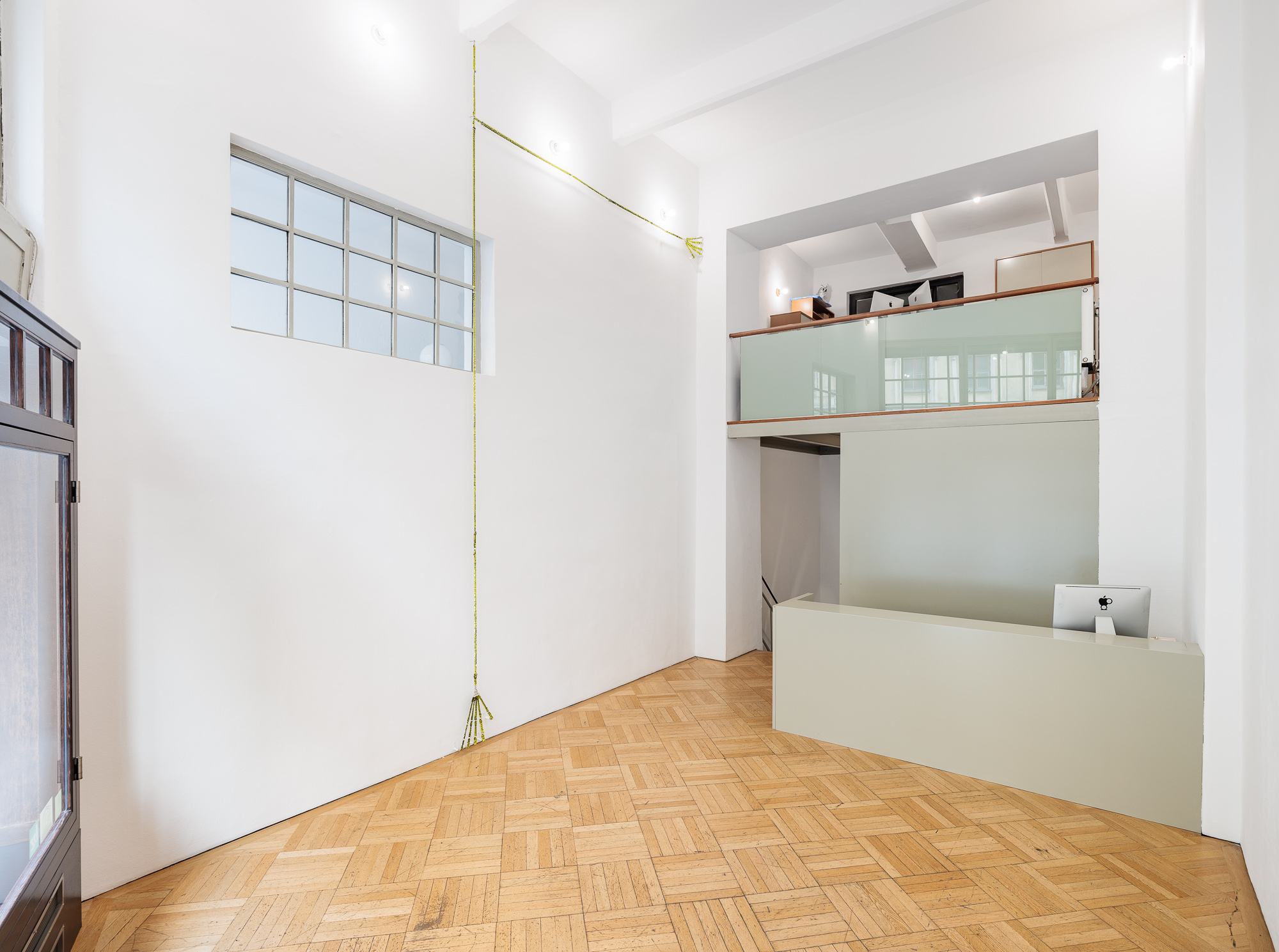Georg Kargl Fine Arts curated by Cathrin Mayer
„Comizi d´ Amore“

Georg Kargl BOX, Schleifmühlgasse 5, 1040 Vienna
Georg Kargl PERMANENT, Schleifmühlgasse 17, 1040 Vienna
www.georgkargl.com
Curator(s):

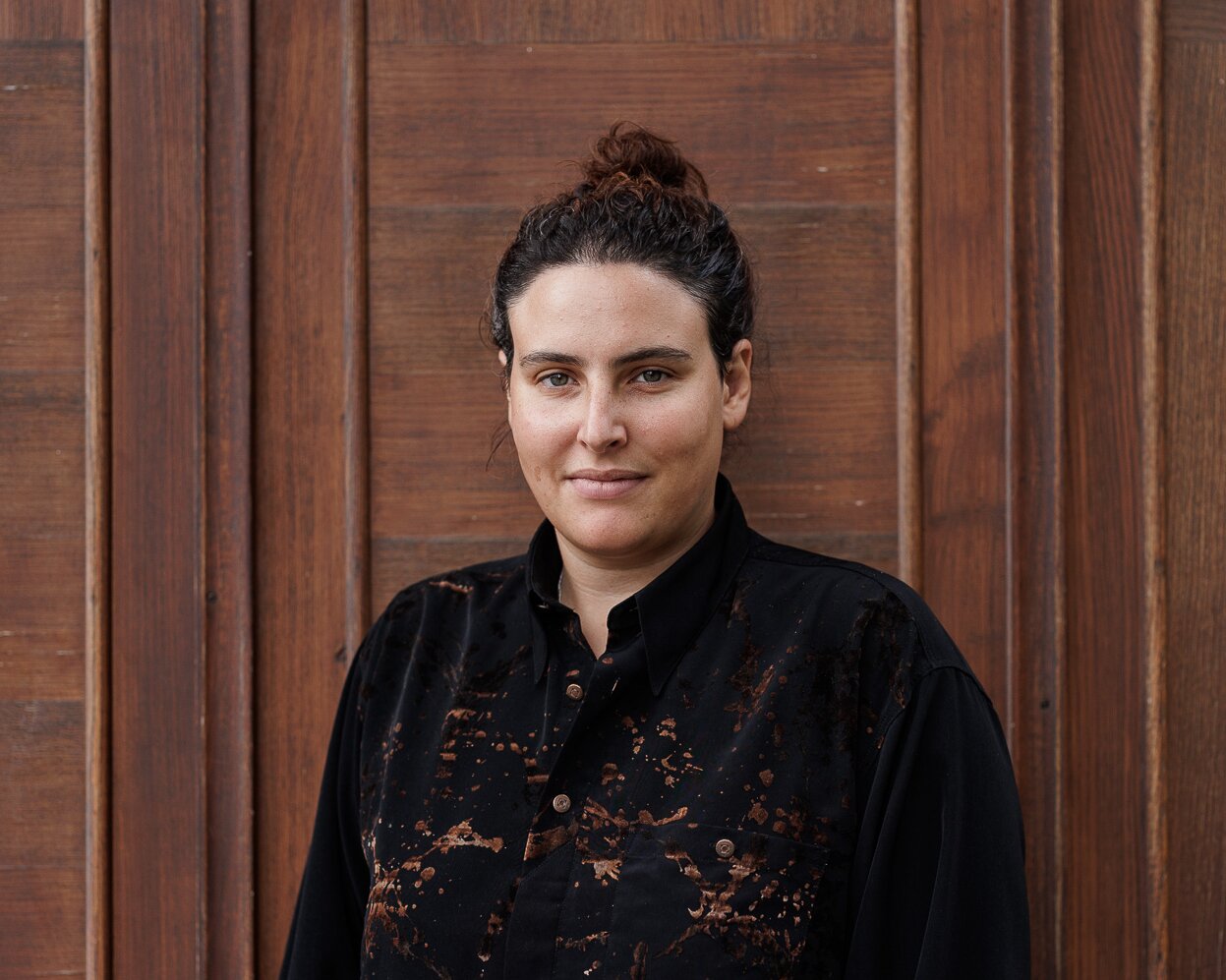
Artist(s):
- Renée Green
- Julia Scher
- Marina Xenofontos
- Sharon Hayes
-
Christian Philipp Müller MoreChristian Philipp Müller (born in 1957) engages with questions of the art context, the specificities of a site, and the medium of the exhibition in and of itself. His installations are based on artistic research that links the most varied facts and things to one another and engages with existing social, economic, and cultural relationships. With his decidedly pointed works, he has been counted since the mid-1980s as one of the most important representatives of institutional critique. Christian Philipp Müller sees the task of the artist in exploring action spaces and limits of social action in site-specific projects and by filtering facts and fictions deepening our understanding of a given situation. Christian Philipp Müller has not only participated in numerous international exhibitions, such as at the Austrian Pavilion at the Venice Biennial (1993) and Documenta X, but also participated as organizer and curator in important projects. His work was honored with a retrospective in 2007 at Museum für Gegenwartksunst in Basel.
- Bruno Zhu
Exhibition text
More
When I received the generous invitation from Inés Lombardi to conceive an exhibition as part of this year's curated by festival with the challenging theme of The Neutral, I immediately knew that I wanted to immerse myself in the gallery's dense and expansive history and collection. This impulse possibly corresponded to my own past as well. Growing up on the same street as the gallery, I decided at some point as a teenager that I wanted to work with art. Today, working as an international curator, I think that perhaps without the galleries on Schleifmühlgasse, I would not have made this decision. The first ideas for the exhibition came from the works of Renée Green, Julia Scher, and Christian Philipp Müller, all of whom had exhibitions in 1993 at the Galerie Metropol, which was run by Georg Kargl and Christian Meyer. The aesthetic forms, through which this history is revisited in the show, are not led by ideas around the archive or the aim of deploying expertise on the time and frame within which each of the exhibitions were made. Comizi d’Amore presents, rather, a very small and delicate selection of artworks, that cites the contexts of these past exhibitions.
Renée Green's 1993 exhibition Commemorative Toile at Galerie Metropol explored the history of toile production in Nantes, a significant slave port. Through her research on this material, a fabric known for its distinctive repeating patterns, Green traced its links to the Atlantic Trade of the 18th century and its impact on the city's prosperity. The artworks, showcased within multifaceted multimedia installations spanning diverse (over several) venues, scrutinised the portrayal of individuals of African descent across varied cultural and historical contexts, influenced by pivotal events such as the Haitian Revolution and the enactment of the "Code Noir" law. The extensive display at Metropol Gallery also incorporated references to Vienna's eighteenth-century history.
Julia Scher’s Computer Niche (Transgressions) created in 1993 for the Mystery Meat exhibition at the gallery features a translated text from a 1992 panel by the artist, displayed on a computer monitor in pink. Taking the form of a scaled-down interpretation of the architectural ideal of the "White Cube", Scher's words explore her unconventional engagement with art spaces as a transgressive act. By drawing parallels to unnoticed government transgressions, the artwork positions itself as a reflection on the concealment of such actions by the media.
O.T. Family of Austrians, (Ronzoni Room), (1993) by Christian Philipp Müller is a 1:10 scale model of one of the rooms from the Family of Austrians exhibition which took place at the gallery. The show, which drew inspiration from Edward Steichen's The Family of Man and Adolf Loos' essay Wäsche (1889), considered themes of national identity, cultural representation, and photography's role in shaping collective narratives through curated Austrian costumes, instructional films, and depictions of Austrians. The installation prompted viewers to critically analyse representation, authenticity, and cultural narratives within and beyond Austria.
Each of these artistic contributions is presented either in a reimagined form or as a reference, serving as a symbolic representation of the exhibitions that occurred exactly three decades ago. In Comizi d’Amore these works are placed within the framework of contemporary discourse and in dialogue with pieces by Sharon Hayes, Marina Xenofontos, and Bruno Zhu.
During my work on this exhibition in recent months, I became aware that the concept of quoting or paraphrasing, could be a fruitful approach to engage with this exhibition. The title itself hints at this concept, drawing inspiration from a cinematic work authored by Pier Paolo Pasolini; Comizi d’amore, a documentary from 1964. Between March and November 1963, the filmmaker shot interviews and footage throughout Italy, in search of what might be considered the spirit of the Italian people. The majority of the film consists of individual interview segments in which Pasolini talks to people about "first times," "prostitutes," and "divorce", amongst other related concerns. As the film encounters Italians of various social strata and backgrounds, the quest for a genuine Italian identity is filtered through the prisms of class, religion, sexuality, and gender, all of which shape the nuanced perspectives of each of the film's subjects.
The essence of the film Comizi d'amore, is not featured in the exhibition, however it is present in various artworks that critically engage with communal life and the political dimension of love. At certain moments, this presence becomes more clearly visible than at others; take, for instance, Sharon Hayes's film Ricerche: three (2013), in which she employs Pasolini's distinctive unscripted interview methodology. Marina Xenofontos' work Insecurity (2023), created specifically for this exhibition, makes the concept of "Love Meetings" tangible, as suggested by the English translation of the film's title. The installation continues a lineage of works inspired by tables commonly encountered in the gardens and balconies of Cyprus that have come to symbolize within Xenofontos’s work, the spaces of congregation where families and friends come together. The tabletops display imagery sourced from the artist's personal archive, documenting both the intimate familial moments and the public landscapes of Cyprus. The blend of these two photographic genres collectively encapsulates the essence of existence on the island.
Bruno Zhu’s piece Divorced, father of two. We met twice. He was seeing another man. He was not in love with him. He said I could make him do things he wouldn’t do like kissing on a first date. He said I was dangerous, and I said he was dangerous too. He liked the sound of my voice, and I liked the risk he took by listening to it. We said goodbye on the phone, one kiss after the other., (2022-2023) is the outcome of an endeavor to capture a love that he encountered in Portugal last year. This encounter formed a numerical palindrome - 1, 2, 3, 4, 3, 2, 1 - which is present within the shape and on the surface through the symbols of playing cards. In Comizi d'Amore, this box set is situated adjacent to the room showcasing Green's artworks.
This placement is an attempt to discuss how everyday objects can become representatives of societal and personal struggles. While Green composes new patterns for her furniture pieces, Zhu acquired a mass-produced adhesive vinyl featuring
a floral pattern for the box set. This vinyl is commonly utilized for lining drawers, as wallpaper, or in various decorative applications. Whereas Green’s Commemorative Toile emerges from her multifaceted practice, which surfaces through various materials and aims to unearth neglected histories, Zhu's perspective on materials and products is marked by his fascination with seemingly unremarkable industrial patterns, which he skillfully molds, manipulates, and repositions to reveal the influential role of signs and symbols in the creation of meaning.
The other contribution by Zhu Hug O’ Clock (2023) consists of seven elastic suspenders usually found in fashion to hold trousers. The series draws inspiration from the mechanical indicators for hours, minutes and seconds which are referred to as the arms of a clock. Zhu extends the hour and minute hands to equal lengths, shaping them like human arms that literally grab, hug or clutch the walls. Within the exhibition's concept, which employs the notion of citation, these elements could also be interpreted as linguistic signifiers akin to quotation marks, strategically placed throughout the exhibition to frame various artworks and artistic viewpoints. Following this idea, the descriptions of Zhu's pieces are presented in quotation form, reflecting his own voice. Another facet of this work is very much in line with core ideas of Comizi d´Amore: the artistic endeavor to manipulate time. It thus reflects the curatorial intention to take grasp of time and to understand it as a kind of material.
Cathrin Mayer, 2023
